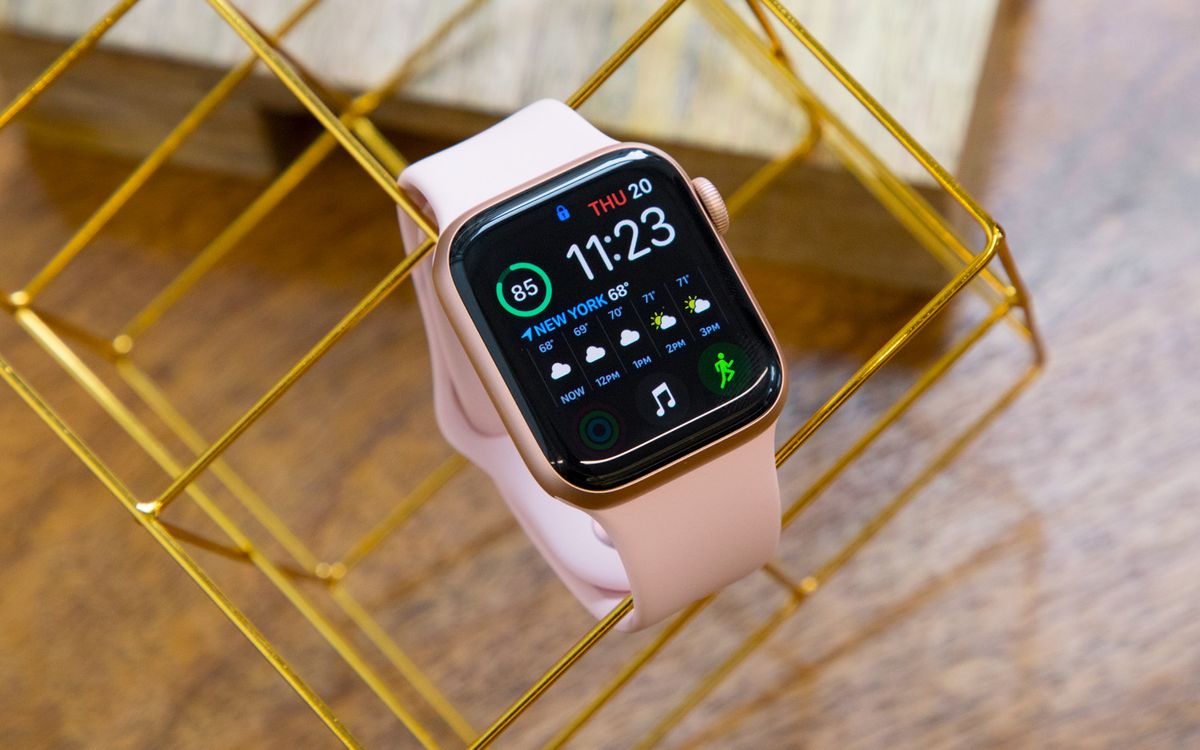The tech world is abuzz with early whispers about the future of the iPhone. While the iPhone 17 is still on the horizon, rumors are already swirling about the iPhone 18 and a radical new design for a special edition iPhone 17 model. These rumors paint a picture of Apple pushing the boundaries of mobile photography and design.
One of the most intriguing rumors centers around the iPhone 18’s camera. Industry insiders suggest Apple may be partnering with Samsung to incorporate a cutting-edge, three-layer stacked image sensor. This innovative technology promises a significant leap in camera performance. Imagine photos with drastically reduced noise, even in low-light conditions, a wider dynamic range capturing more detail in both bright and dark areas of an image, and an incredibly responsive camera that captures fleeting moments with unparalleled clarity.
This “PD-TR-Logic” technology, as it’s reportedly called, involves stacking three layers of circuitry within the sensor itself. This complex architecture could revolutionize how iPhones capture images. It’s particularly noteworthy given Sony’s long-standing role as the primary image sensor supplier for iPhones. Samsung’s potential entry into this space would mark a significant shift in Apple’s supply chain and could usher in a new era of mobile photography.
Reports indicate that this potential partnership between Apple and Samsung has been brewing for some time. Analysts have previously predicted Samsung’s involvement in supplying camera components for future iPhones, particularly for ultra-wide lenses. Whether this new sensor technology will be exclusive to the Pro models or feature across the entire iPhone 18 lineup remains to be seen. Given the advanced nature of the technology, it’s plausible that it will initially debut in the higher-end models.
Beyond the camera advancements, another captivating rumor focuses on a special “Air” variant within the iPhone 17 lineup. This model is rumored to sport an incredibly thin profile, measuring a mere 5.5mm at its thinnest point. This would make it the slimmest iPhone ever created, surpassing even the iconic iPhone 6. To put that into perspective, this rumored device would be significantly thinner than the current iPhone 16 models.
Achieving such a thin design would likely require significant engineering feats. It’s expected that the device will have a noticeable camera bump to accommodate the necessary optics, even though rumors suggest it will feature a single, high-resolution 48-megapixel rear camera. This design choice suggests a focus on portability and sleek aesthetics, potentially at the cost of some advanced camera features found in the Pro models.
Another significant design change rumored for this ultra-thin iPhone is the complete removal of the physical SIM card slot. Instead, the device would rely entirely on eSIM technology. This isn’t entirely new territory for Apple, as they’ve been gradually expanding eSIM support in various regions. This move could signal a broader shift towards eSIM-only devices across the entire iPhone lineup in the future.
This “iPhone 17 Air” is rumored to be positioned as a replacement for the “Plus” model, offering a larger screen experience in a remarkably thin and light package. While it may have some compromises in terms of features compared to the Pro models, such as a standard A19 chip instead of the Pro variant and a single speaker setup, it’s expected to carry a premium price tag due to its innovative design.
Other rumored specifications for the “iPhone 17 Air” include a 6.6-inch display, 8GB of RAM, and an Apple-designed 5G modem. These specifications suggest that despite its focus on thinness, the device will still offer a capable and modern mobile experience.
These early rumors, while subject to change, offer a tantalizing glimpse into Apple’s future. The potential for a revolutionary camera system in the iPhone 18 and the radical design of a super-slim iPhone 17 model underscore Apple’s continued commitment to innovation and pushing the boundaries of mobile technology. The coming years promise to be exciting ones for iPhone enthusiasts.



